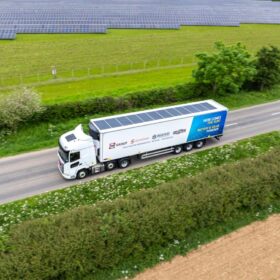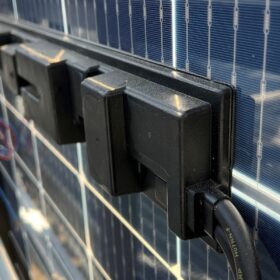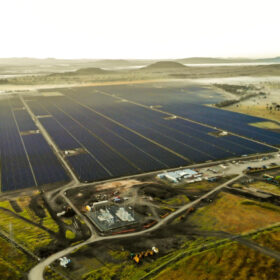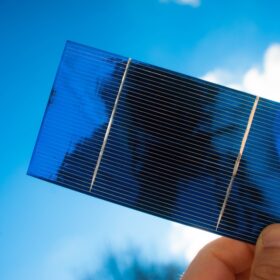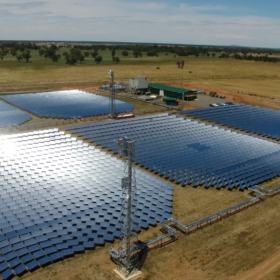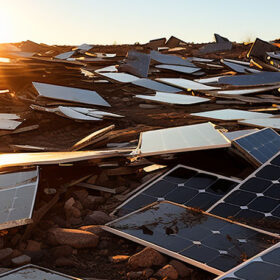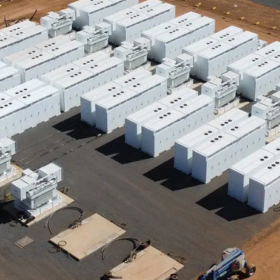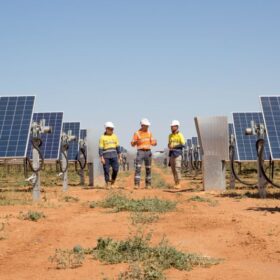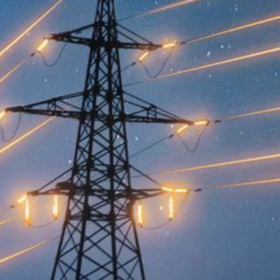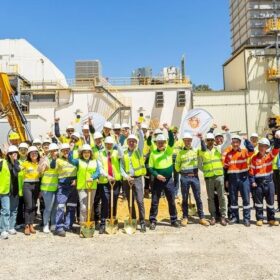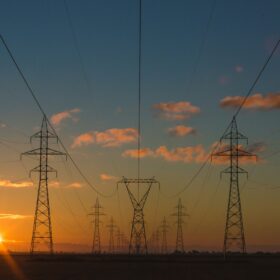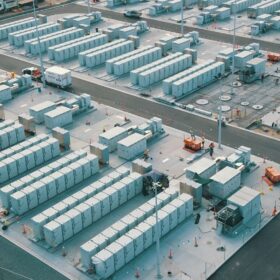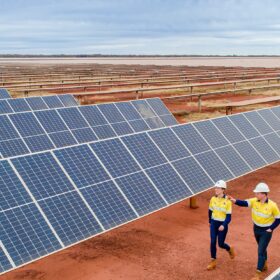Fimer launches sale proceess under extraordinary administration
Inverter manufacturer Fimer has launched a process to sell itself to new owners. Interested investors have until August 31 to submit offers.
Sunswap rolling out PV-powered transport refrigeration
United Kingdom–based technology company Sunswap has launched Endurance, an electric transport refrigeration system with integrated battery and solar PV. It is built to compete with diesel-powered systems.
Researchers develop ‘communicative’ PV panels
A German research team is conducting practical tests to see how solar modules with integrated radio technology can be linked to form an overall network. The “communicative” panels should represent a simple and cost-effective solution for monitoring and controlling small-scale photovoltaic systems.
Greek developer shops Australian solar and battery portfolio
Greece-based resources and renewables company Mytilineos, now known as Metelen Energy and Metals, is looking to sell its Australian renewable energy generation and storage assets, including six operational solar farms totalling 284 MW.
Researchers discover method to help solar cells self heal
A global team of researchers, lead by Monash University, Melbourne, have made a game-changing breakthrough that could make perovskite solar cells more reliable and efficient.
CSP green methanol plant firms ties with German fuel giant
Thermal solar company Vast Renewables and German-headquartered energy company Mabanaft have further cemented their partnership with a joint development agreement to advance Vast’s CSP-powered green methanol reference plant, Solar Methanol 1.
RMIT leads global research into solar panel recycling
Melbourne’s RMIT University researchers are in Europe leading an international network focussed on advancing the reuse and recycling of solar panels, including critical mineral recovery.
Tasmanian shipbuilder inks European partnerships to build all-electric ferries
Tasmanian shipbuilder Incat will team with two European companies to test the waters on building 100% battery-electric powered passenger and car ferries as part of a push to help decarbonise the maritime transport sector.
Brookfield reaches agreement to acquire majority stake in Neoen
Canadian global asset management company Brookfield has reached agreement for a majority stake in Australia’s largest developer of renewables, France-headquartered Neoen, and is set to acquire a 53.32% stake in pursuit of 100% ownership.
RWE green lights Australian first eight-hour big battery
Australia’s first eight-hour battery energy storage system is set to go ahead with German energy major RWE announcing it has taken the investment decision and signed key contracts for the Limondale battery project being developed in southwest New South Wales.

